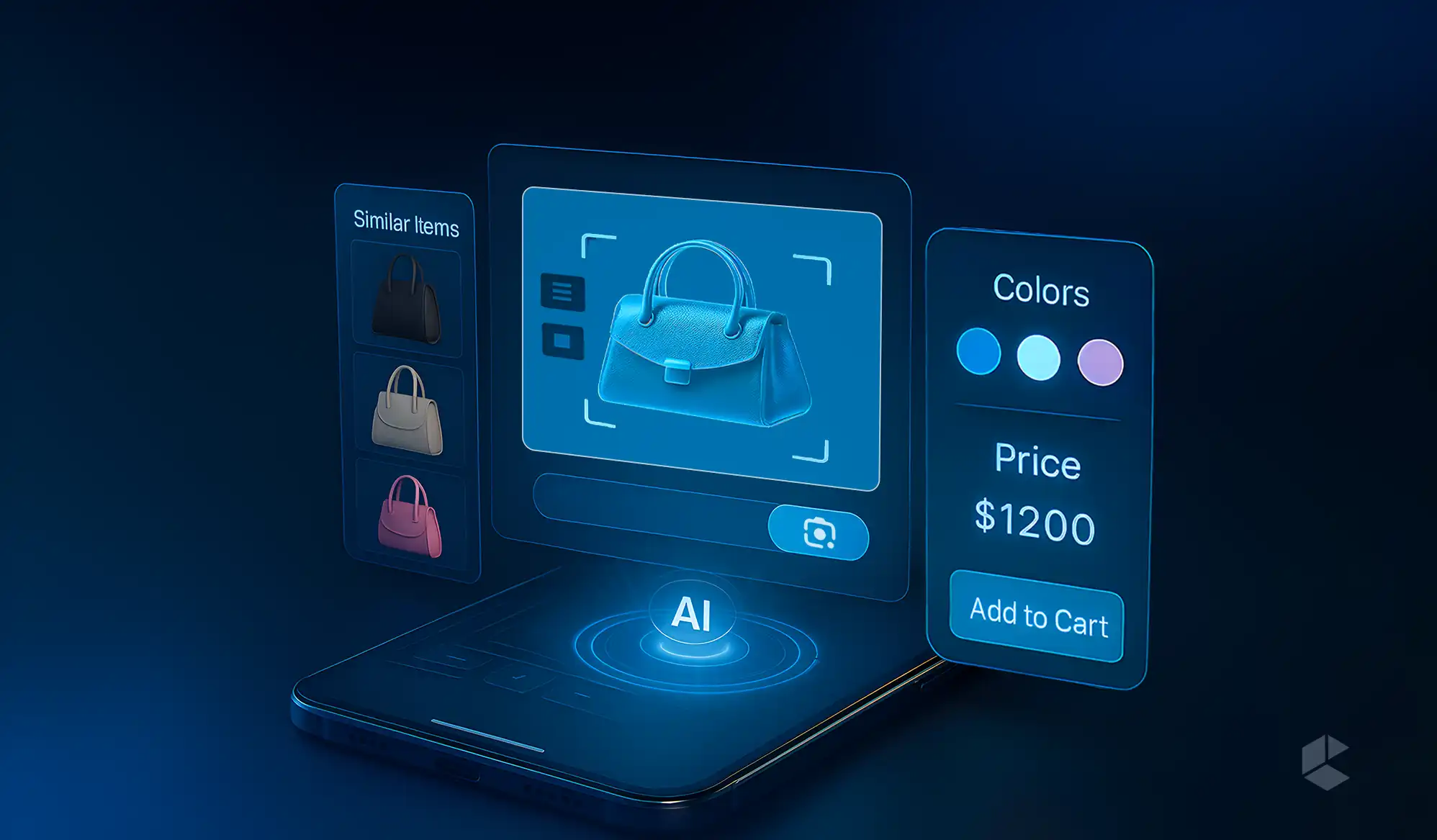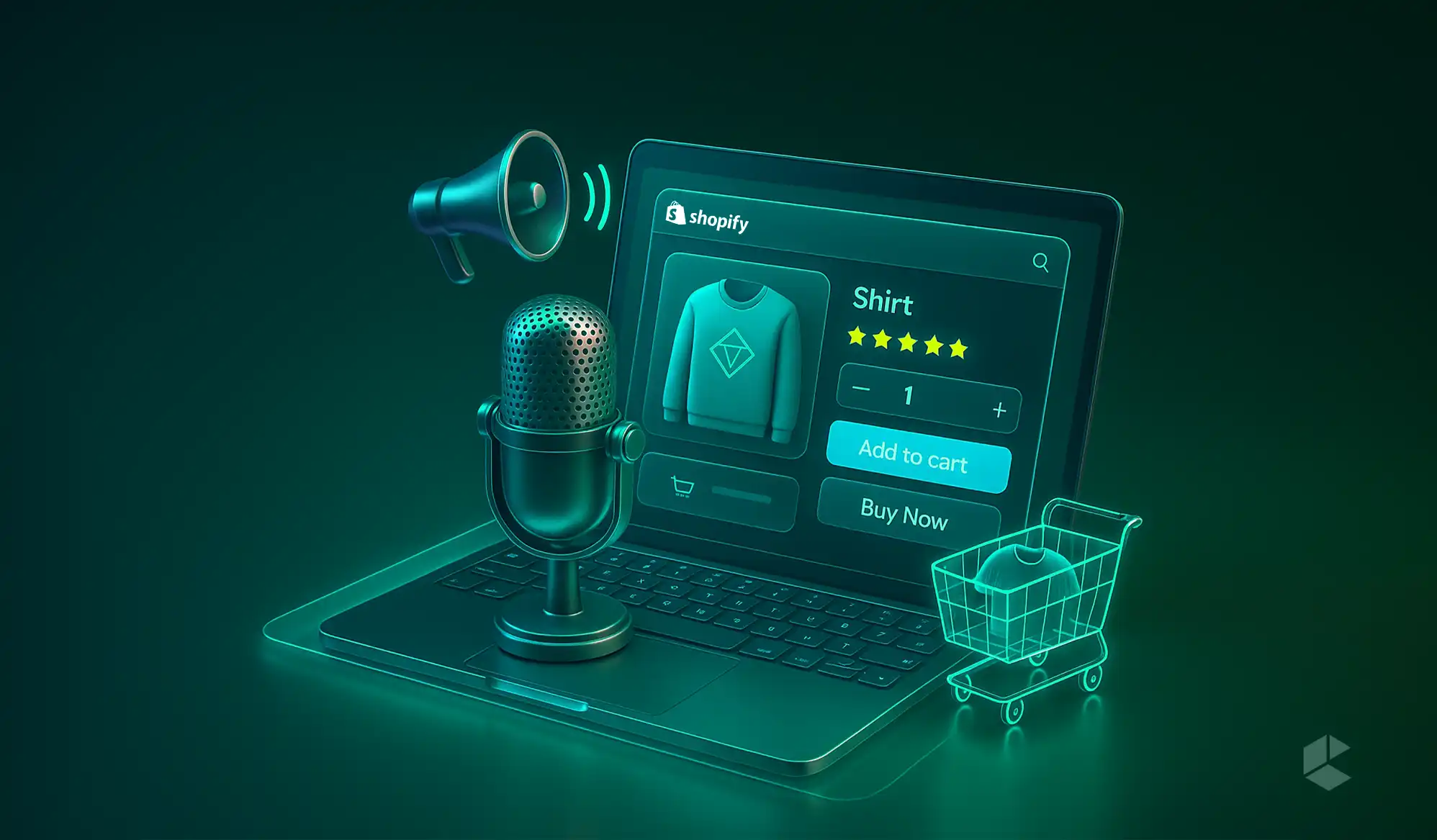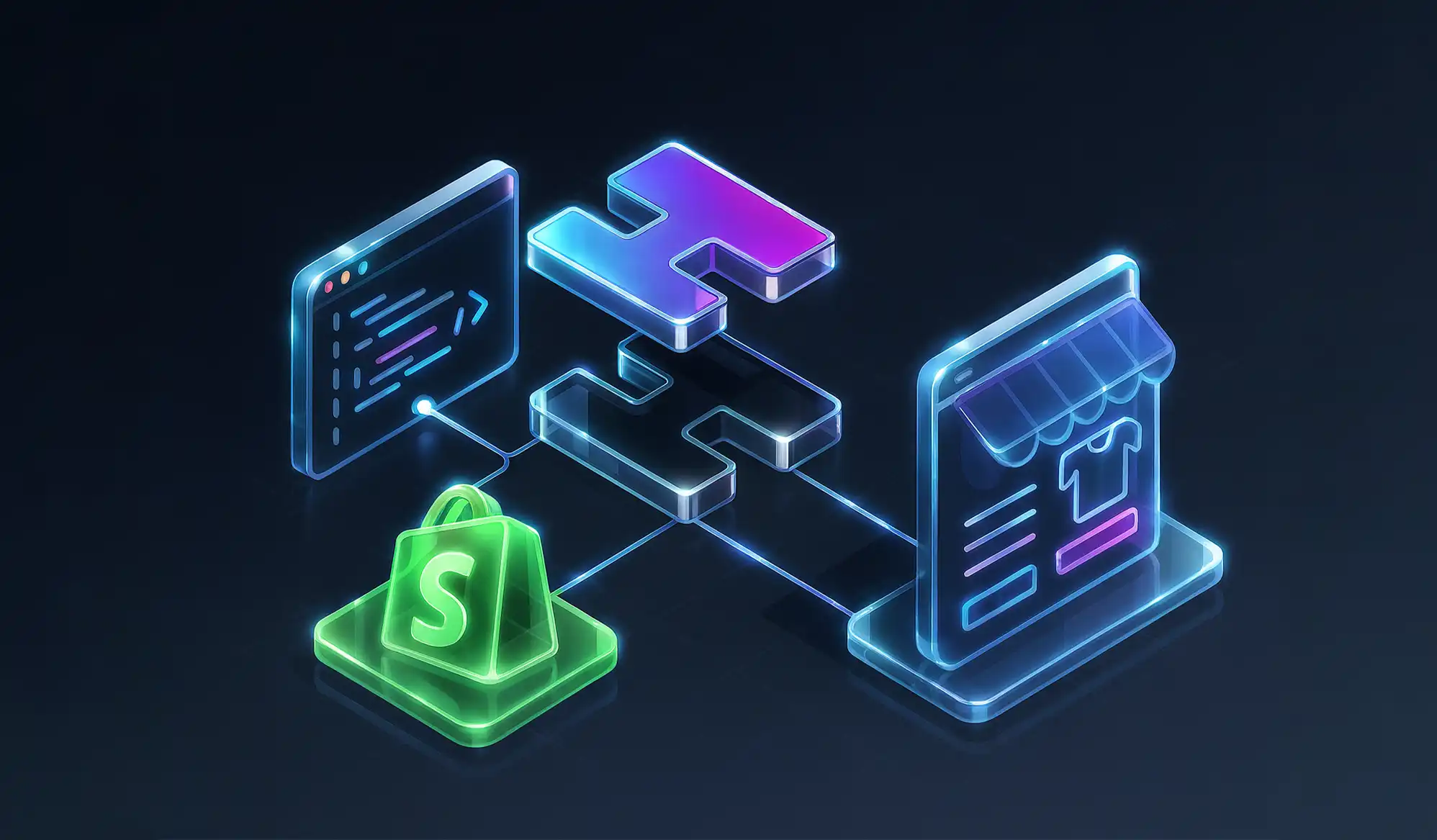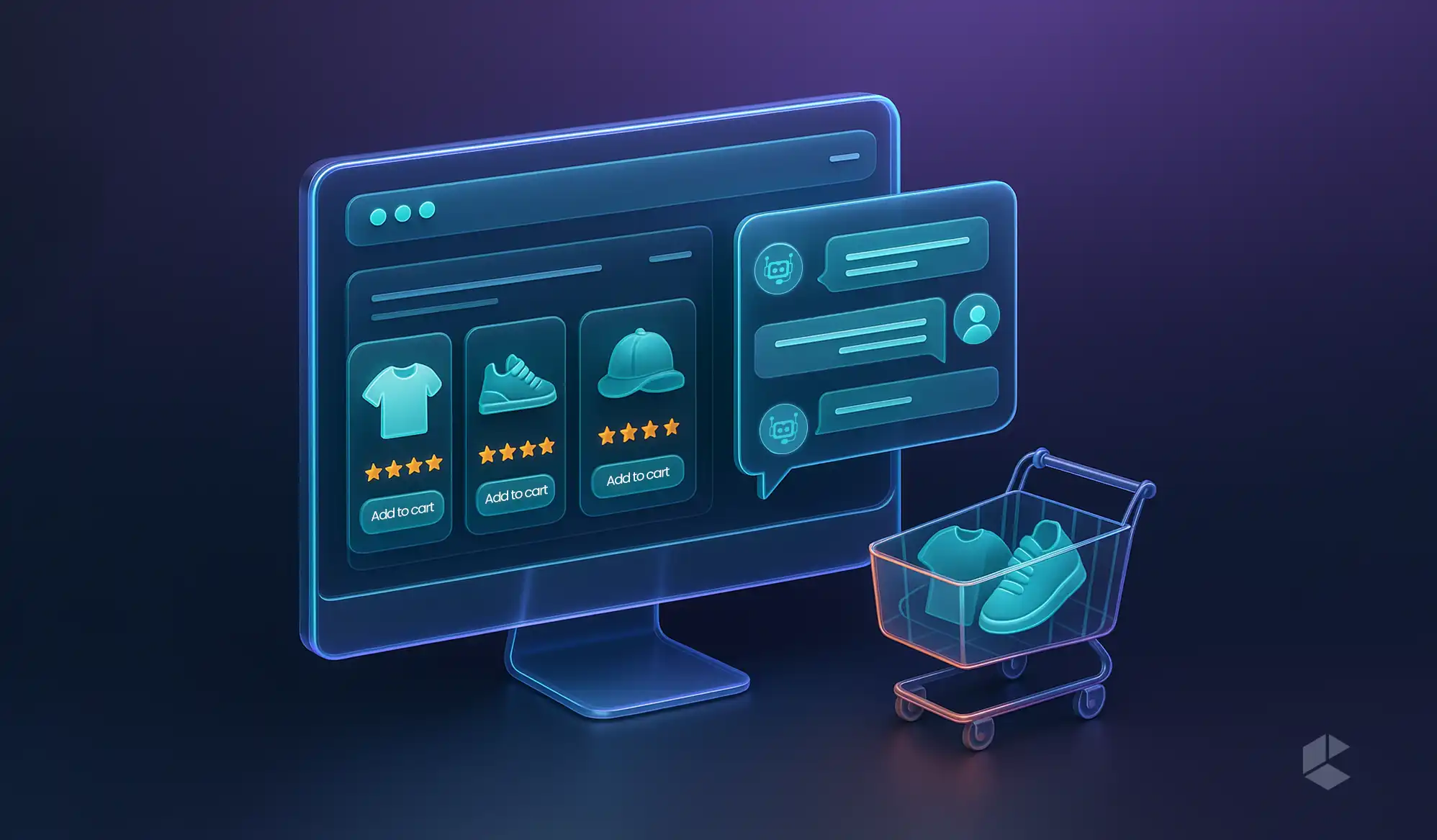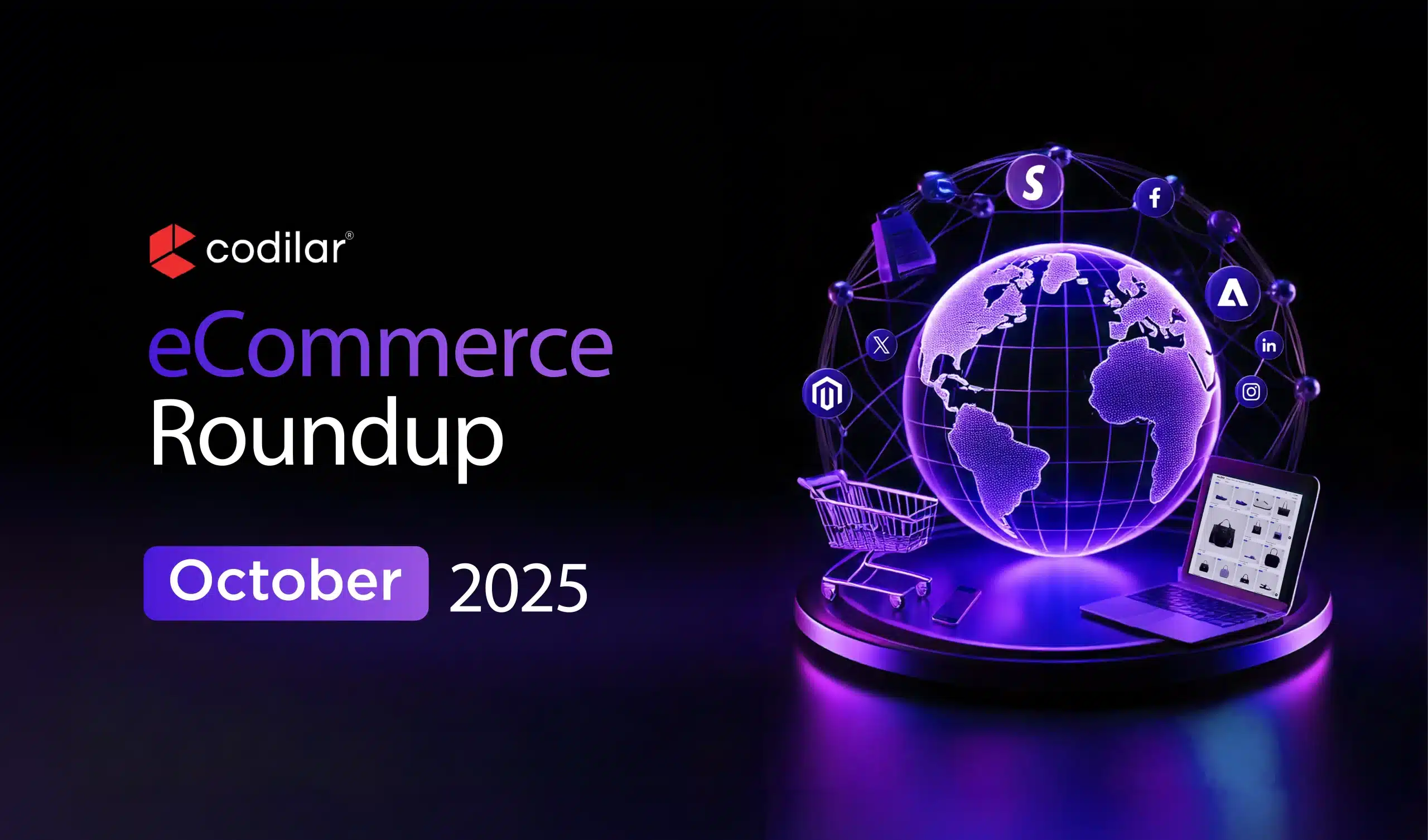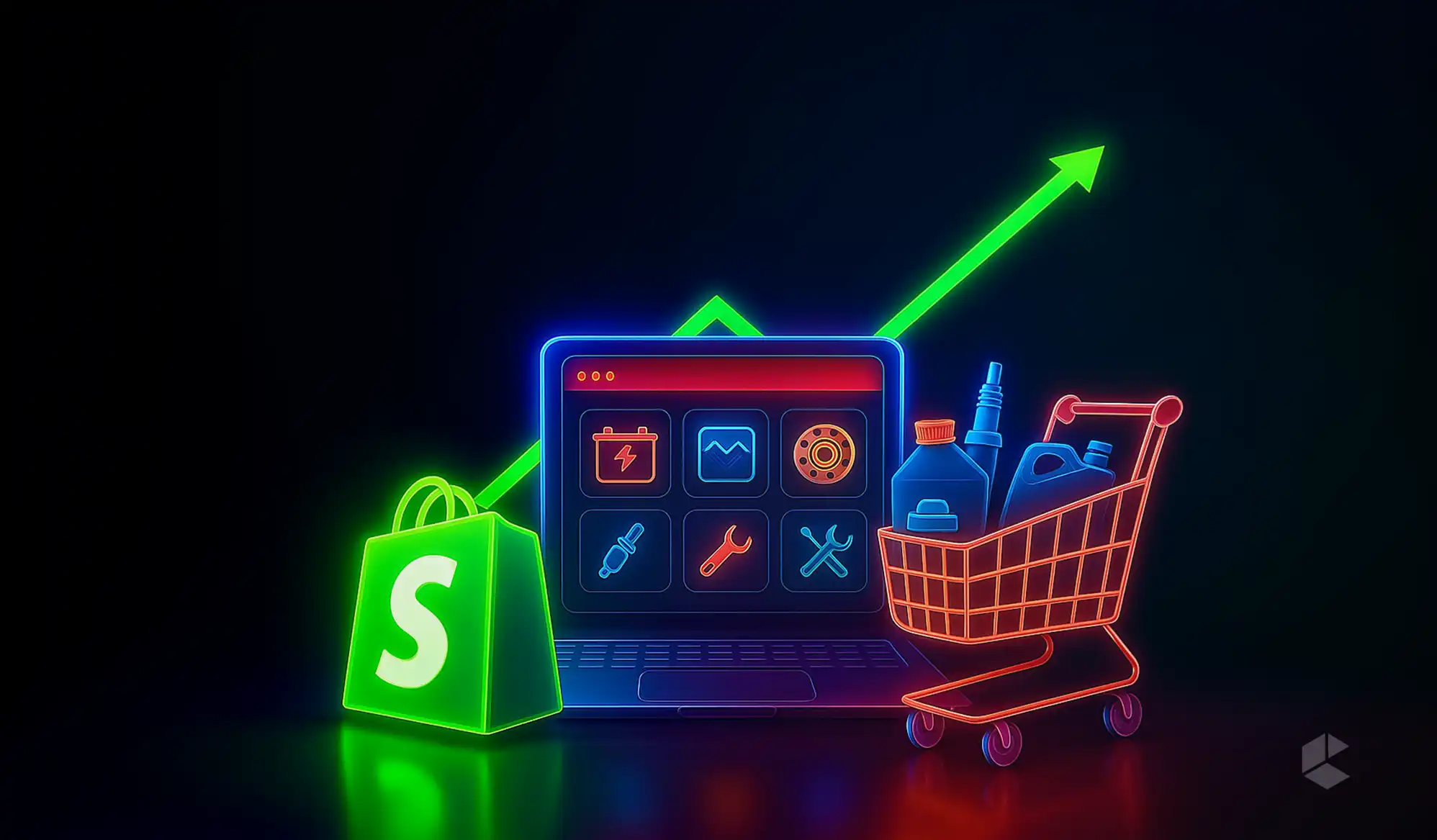Key Takeaways
- Visual search turns everyday inspiration into product discovery instantly.
- Personalization becomes smarter when guided by visual preferences.
- Clean catalog data and images drive accuracy and reliability.
- Visual search reveals intent that keywords fail to capture.
- Combined systems create a smoother and more intuitive shopping journey.
- Retailers gain a long-term advantage by adopting visual discovery early.
Shopping today looks nothing like it did a decade ago. People no longer start with keywords. They start with moments. A jacket in a café. A lamp in a YouTube video. Sneakers in a reel, they barely paused. Shoppers often don’t know the product name, the style term, or even the category. They only know they want something that looks like what they saw.
Traditional keyword search doesn’t support that kind of behavior. Typing random combinations of descriptors is slow and inaccurate. Visual search fixes this gap by letting shoppers upload, snap, or choose an image and instantly find matching or similar products. And when this is paired with personalization, the experience becomes even stronger, almost like browsing with a stylist who already understands your taste.
This is the transformation shaping next-gen shopping.
What Exactly Is AI Visual Search
Visual search allows users to look for products through images rather than words. The moment someone uploads a picture, the system analyses it and returns visually similar items from the catalog.
Here’s how it works at a high level:
Object Identification
The system first locates the main product in the photo, even if the image contains multiple items or a busy background. It isolates the object most relevant to the shopper’s intent.
Feature Extraction
It breaks down the product into details like shape, material, color tones, patterns, and texture. These details become a kind of digital fingerprint.
Matching With Catalog Items
Every product in the catalog has its own feature fingerprint. The system compares the uploaded image with these stored fingerprints and returns the closest matches.
Contextual Understanding
Some products can appear similar but belong to different categories. So the system also relies on catalog metadata and context to ensure the matches make sense.
Why Visual Search Matters Today
Customer behavior has become incredibly visual. Social platforms, creator content, and photography-driven feeds influence buying decisions far more than written descriptions ever could. Visual search removes the friction between inspiration and discovery.
Shopping Feels More Natural
People remember what they saw, not what they can describe. Keywords cannot fully capture silhouettes or textures. Visual search bridges that gap.
Better Discovery and Lower Drop Off
Shoppers often abandon their search when words fail. Visual search reduces frustration by letting people find what they want without guessing keywords.
More Accurate Outcomes and Fewer Returns
A lot of returns come from mismatched expectations. With visual matching, shoppers begin with a real image, making it easier to find something that aligns with what they imagined.
Higher Conversions
When someone uploads an image, they already have a strong intent to buy. So the conversion potential from visual search is naturally higher.
Supports the Shift to Visual Led Shopping
Retail is moving toward inspiration-based discovery. People see something, want it, and then expect an easy way to locate it. Visual search directly supports that journey.
Where Visual Search and Personalization Come Together
Visual search doesn’t just help a shopper find a product. It reveals something deeper: their visual taste.
Think about it:
- The type of product they upload
- The colors they lean toward
- The textures they prefer
- The styles they consistently click on
These visual clues are incredibly valuable. When a user uploads an image, they’re giving the system a direct insight into their preferences that text, filters, or past behavior alone can’t provide.
This is where personalization becomes powerful.
Once the system knows what the shopper likes visually, it can craft recommendations that feel more curated. For example:
- If someone uploads a tan suede boot, the system can recommend matching items like jackets, bags or even similar boots in different materials.
- If someone uploads a mid-century chair, the system can suggest lamps, rugs, and tables that complement that aesthetic.
- If someone uploads a floral dress, the system can show accessories and outfits that match that mood.
Core Use Cases That Show Its Real Value
Here are the biggest real-world use cases where visual search delivers significant impact:
1. Find Similar Items Instantly
This is the most common use case. Shoppers upload an image and instantly view products that match it. This works beautifully for apparel, accessories, shoes, furnishings, and décor.
2. Shop the Look
A single image can inspire a whole cart. If someone uploads a full outfit photo, the system can break it into parts and recommend each individual item separately.
3. Enhanced Product Recommendations
Once the system learns the shopper’s visual preferences, it can personalize browsing pages, product suggestions, and even future homepage layouts based on these cues.
4. In-Store Assistance for Staff
Store associates can use visual search to quickly identify SKUs by snapping a photo of an item. This helps them check stock availability or recommend alternatives faster.
5. Catalog Management and Trend Monitoring
Visual search isn’t just customer-facing. Brands can use it internally to auto-tag products, detect style similarities, and understand which visual elements are trending among customers.
6. AR and Virtual Experiences
Although this might be considered an adjacent category, visual search often triggers AR features. For example, identifying a furniture piece through an image can help shoppers virtually place it in their room.
Challenges Retailers Must Consider
Visual search is powerful, but it isn’t a plug-and-play fantasy. Retailers need to be aware of potential challenges so they don’t walk in blind.
1. Image Quality in the Catalog
If product images are inconsistent or low-quality, visual similarity results will suffer. Reliable visual search requires multiple high-quality product photos, proper lighting, and clear angles.
2. Metadata Cleanliness
If your catalog metadata is messy or incomplete, your visual search system will struggle to map visual features to contextual attributes. Clean data directly affects accuracy.
3. User Adoption
Shoppers won’t use the camera upload option unless it is clearly visible and easy to understand. Visual search needs thoughtful UX placement, not a hidden corner icon.
4. Matching Expectations vs Reality
Visual search won’t always return the exact item a customer saw. If your catalog doesn’t have it, the engine can only offer similar alternatives. Managing expectations is important so users don’t assume the system is broken.
5. Ongoing Investment
Visual search is not a one-time install. Models need continuous retraining, data needs constant cleaning, and UX improvements are never truly over.
The Role of Personalization in the New Shopping Journey
Visual search helps shoppers discover. Personalization helps them refine, decide, and convert.
Personalization today uses more than browsing history. It incorporates real visual preferences, past uploads, color tendencies, style inclinations, and even quick glances or hovers the user didn’t consciously register.
Here’s what personalization gains from visual input:
Preference Mapping Becomes More Accurate
Repeated uploads allow the system to detect patterns. Maybe a shopper prefers monochrome looks or geometric prints. These patterns form a living style profile.
Better Complementary Suggestions
Recommendations align with the visual style of the uploaded product rather than relying solely on category logic.
Improved Relevance of the Overall Feed
Sneaker lovers do not see loafers. Minimalist shoppers do not see loud patterns. Personalization cleans up the shopping feed.
Faster Decisions
A curated feed means fewer irrelevant products, fewer distractions, and quicker add to cart moments.
Dynamic Homepage Personalization
If a shopper repeats a certain color or style in uploads, the homepage can shift visually to match their taste.
Practical Implementation: Integrating Visual Search with Personalization
For retailers trying to build this into their ecosystem, the process involves a mix of technical structure and UX design. Here’s how the integration actually unfolds in a real-world setup:
1. Build the Product Understanding Layer: Images need to be tagged with shapes, textures, patterns, and materials so the system can make accurate matches.
2. Feed User Upload Data into Preference Models: Every uploaded image becomes a preference signal. Over time, these signals refine the shopper’s taste profile.
3. Sync the Visual Search Engine with the Recommendation Engine: Both systems must understand the same attribute vocabulary so they can work together.
4. Deliver Results Fast: Speed is everything. If image processing takes too long, the experience breaks.
5. Keep Iterating: As users interact with the system, new data sharpens future results. Retailers must retrain and optimize models regularly.
Why This Integration Creates a Competitive Advantage
The union of visual search and personalization gives retailers a practical edge that is hard for competitors to copy quickly. The reason is simple: it combines three strengths at once.
1. Better Understanding of Real Intent
Visual uploads show what the shopper is truly interested in at that moment. It is intent that doesn’t need words. It’s raw, accurate, and immediate.
2. Personalized Discovery Without Extra Effort
Users don’t need to think or filter endlessly. The system does the heavy lifting, presenting curated options that feel natural and relevant.
3. Stronger Emotional Engagement with the Brand
When a shopper feels like the platform “gets” them, they interact more deeply with it. That leads to:
- Higher repeat visits
- Increased average order value
- Lower frustration with irrelevant results
- A smoother shopping flow that feels less like catalog browsing and more like inspiration discovery
This emotional connection is incredibly difficult for purely keyword-based systems to replicate.
Business Impact: How Retailers Benefit
Brands that implement these systems typically see improvements in several areas:
1. Higher Engagement Metrics
Users who upload images tend to spend more time exploring their results because the system finally aligns with their inspiration. This keeps them on the site longer.
2. Improvement in Conversion Rates
Visual intent is high-intent. When users upload something they want, they are much closer to buying compared to users who are casually browsing categories.
3. Lower Product Return Rates
Visual matching reduces the risk of buying something that doesn’t match expectations. When shoppers find something genuinely similar to their inspiration, they’re more satisfied with the end result.
4. Smarter Inventory Decisions
Retailers also gain insights into which visual elements are trending. If many users upload puff sleeve dresses, retailers can push that category higher or restock related items. This helps shape supply chain decisions.
5. More Efficient Merchandising
Visual tagging and attribute extraction help internal teams understand their catalog better. Similar items can be grouped intelligently, and seasonal collections can be organized with clearer visual logic.
Future Trends That Will Shape Visual Search and Personalization
Here are some major trends that will shape the next few years.
1. More Accurate Recognition of Complex Patterns
As visual understanding models improve, they will become better at differentiating extremely fine details. For example, distinguishing subtly different floral prints or near-identical heel shapes. This will help brands deliver even more precise results and reduce mismatching even further.
2. Multi-Object Recognition Becoming Mainstream
Right now, most systems focus on a single item. But the future lies in identifying multiple products in a single photo and allowing users to shop each piece individually. Instead of cropping manually, the system will detect all components automatically. This is essentially “Shop everything in this picture” becoming the norm.
3. Deep Integration with AR Experiences
Visual search can serve as the front door to AR. Imagine pointing your camera at a sofa and immediately getting AR placement options from the retailer. Or snapping a pair of sunglasses and instantly trying similar styles virtually. These integrations remove uncertainty and strengthen shopper confidence.
4. Personalization That Updates in Real Time
Today’s personalization often reacts to past behavior. In the future, it will adjust instantly based on the image a user just uploaded. If a user uploads a bold patterned jacket, the system can temporarily shift recommendations toward bolder fashion pieces for that session. This real-time adaptability creates a much more fluid shopping flow.
5. Better Understanding of Environmental Context
Advanced systems will detect the surroundings too. For example, if a user uploads a photo of furniture in a room, the engine can infer the room’s color tones, lighting, and style. This allows the system to recommend pieces that actually fit the environment, not just the product category.
6. Greater Adoption Across Non-Fashion Industries
Visual search is already strong in fashion and décor, but it will expand into more categories like automotive accessories, hobby supplies, groceries, and even specialized equipment. Anywhere shoppers struggle to describe items with words, visual discovery becomes valuable.
Preparing for the Next Wave of Retail
To keep up with evolving customer expectations, retailers should:
- Improve catalog images
- Fix tagging inconsistencies
- Make visual search easy to find
- Teach internal teams to think in visual patterns
- Connect personalization with visual inputs
- Start with one strong use case before expanding
These steps create a foundation for long-term success rather than a surface-level feature.
Why This Evolution Matters for Customers
Retail technology often talks about efficiency, but the real impact appears in how customers feel. When shoppers use visual search paired with personalization, several emotional responses come into play.
- They feel understood
- They feel in control
- They feel inspired
- They feel more confident in their choices
Confidence reduces hesitation, builds trust, and encourages repeat visits. This emotional uplift is what eventually transforms first-time shoppers into loyal customers.
Conclusion
Next-gen shopping rests on one simple truth. People shop with their eyes. They don’t always know product names or technical terms, but they know exactly what they like when they see it. AI visual search takes that simplicity and turns it into a direct, intuitive shopping pathway. When combined with personalization, it creates an experience that feels uniquely tailored, quick, and deeply satisfying.
From boosting conversions to reducing returns and strengthening customer loyalty, the impact spans both customer experience and business performance. And as the technology evolves, visual search will stop being a special feature and become a natural expectation.
